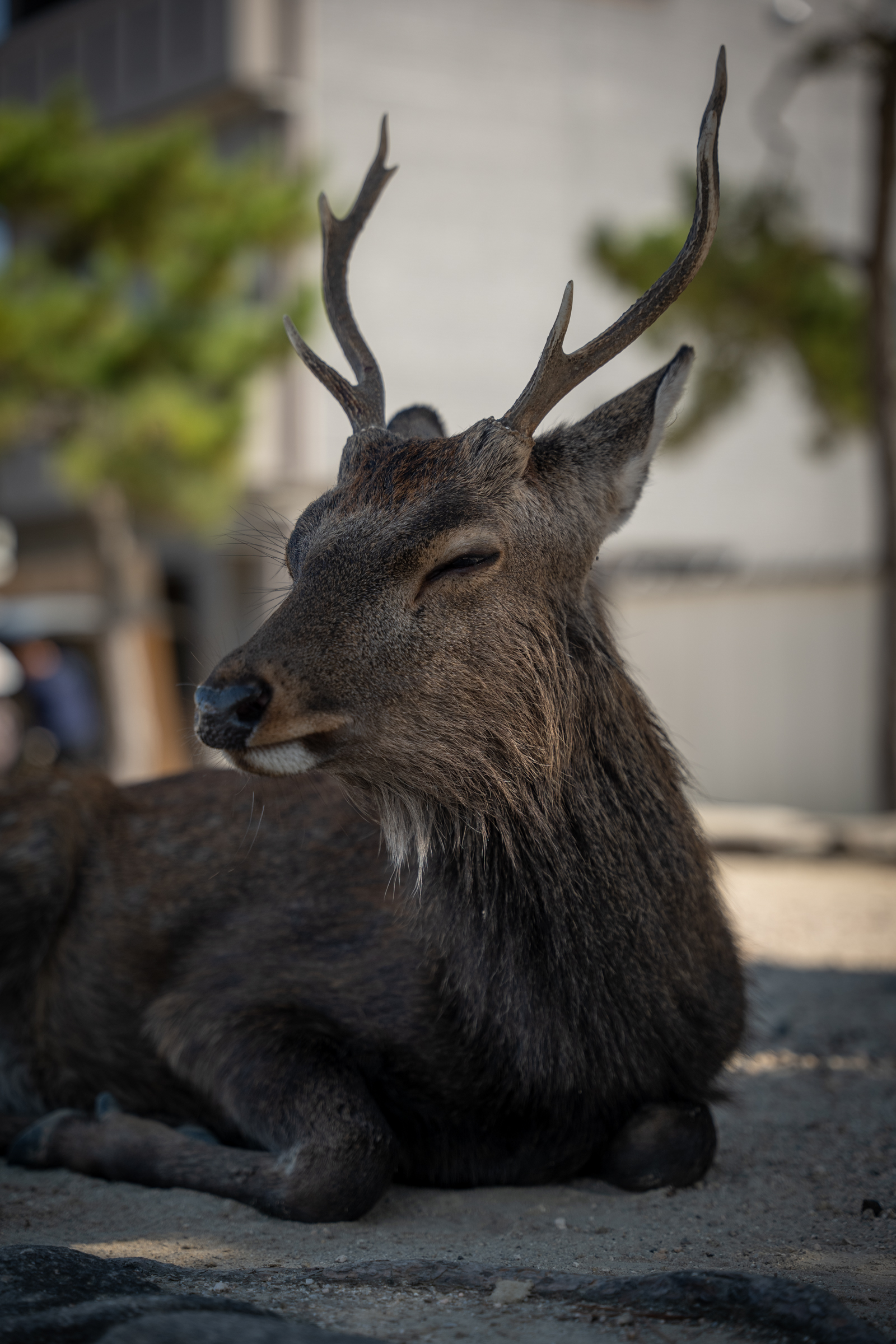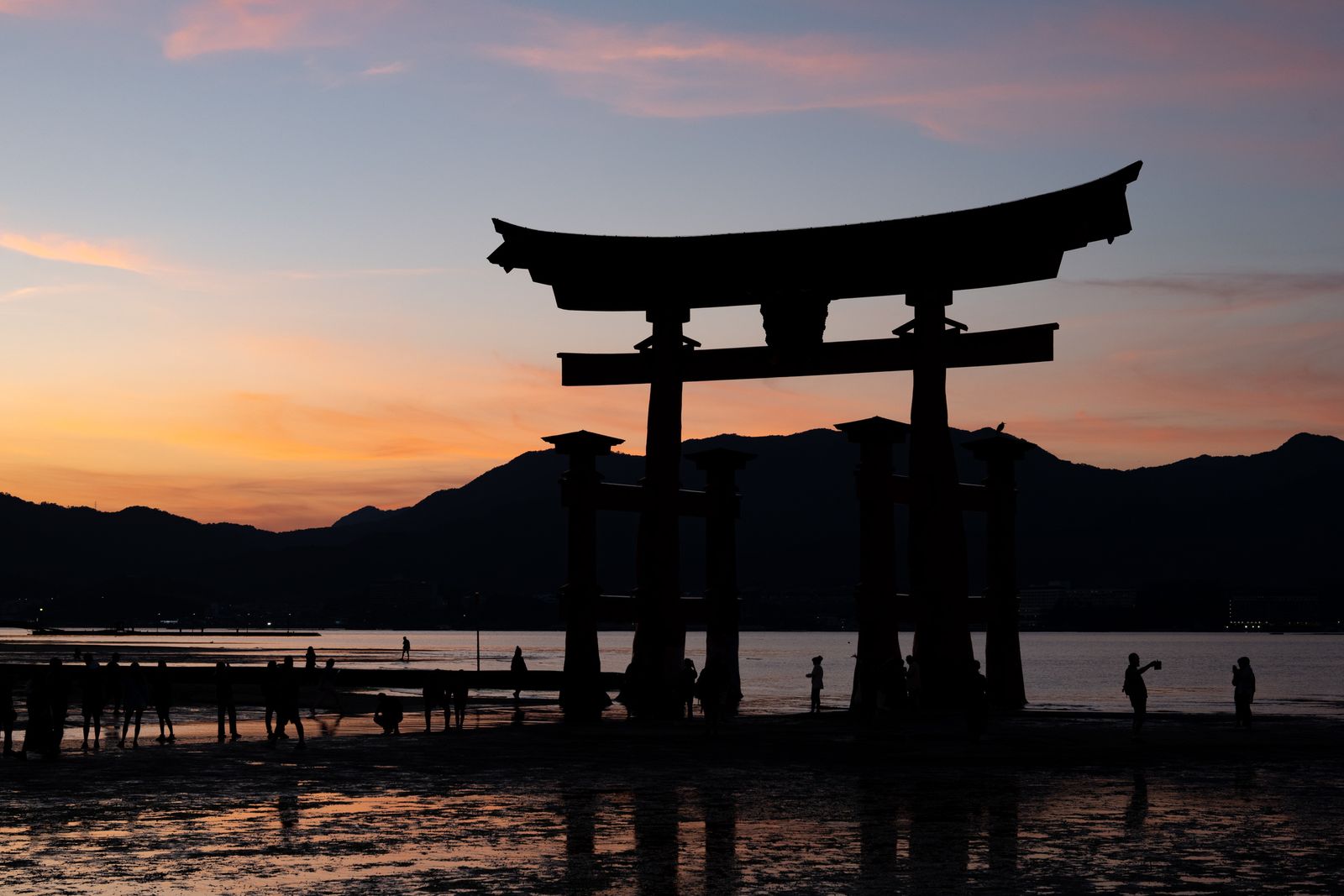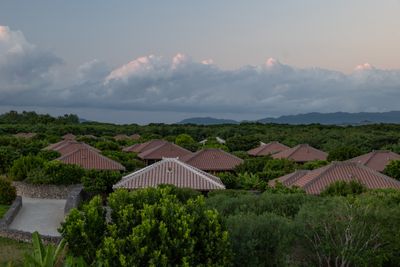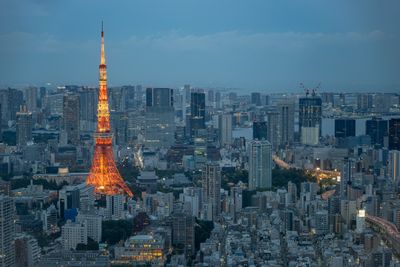For most Americans, hearing the word "Hiroshima" elicits a singular and universal mental image that starts in elementary school. We learn about World War II and the atomic bombs we dropped at a surprisingly early age.
Despite the early association, Hiroshima isn't all A-Bomb Dome and World War II – it is a unique city with an identity stretching far back before 1945 – and Itsukushima island, the city's adjacent neighbor, is considered one of Japan's best views and natural experiences.
I'll start with Itsukushima Island, more commonly and colloquially known as Miyajima (island). A short transit ride from Hiroshima, Miyajima is most famous for Itsukushima Shrine – a torii gate that looks as if it's floating during high tide.
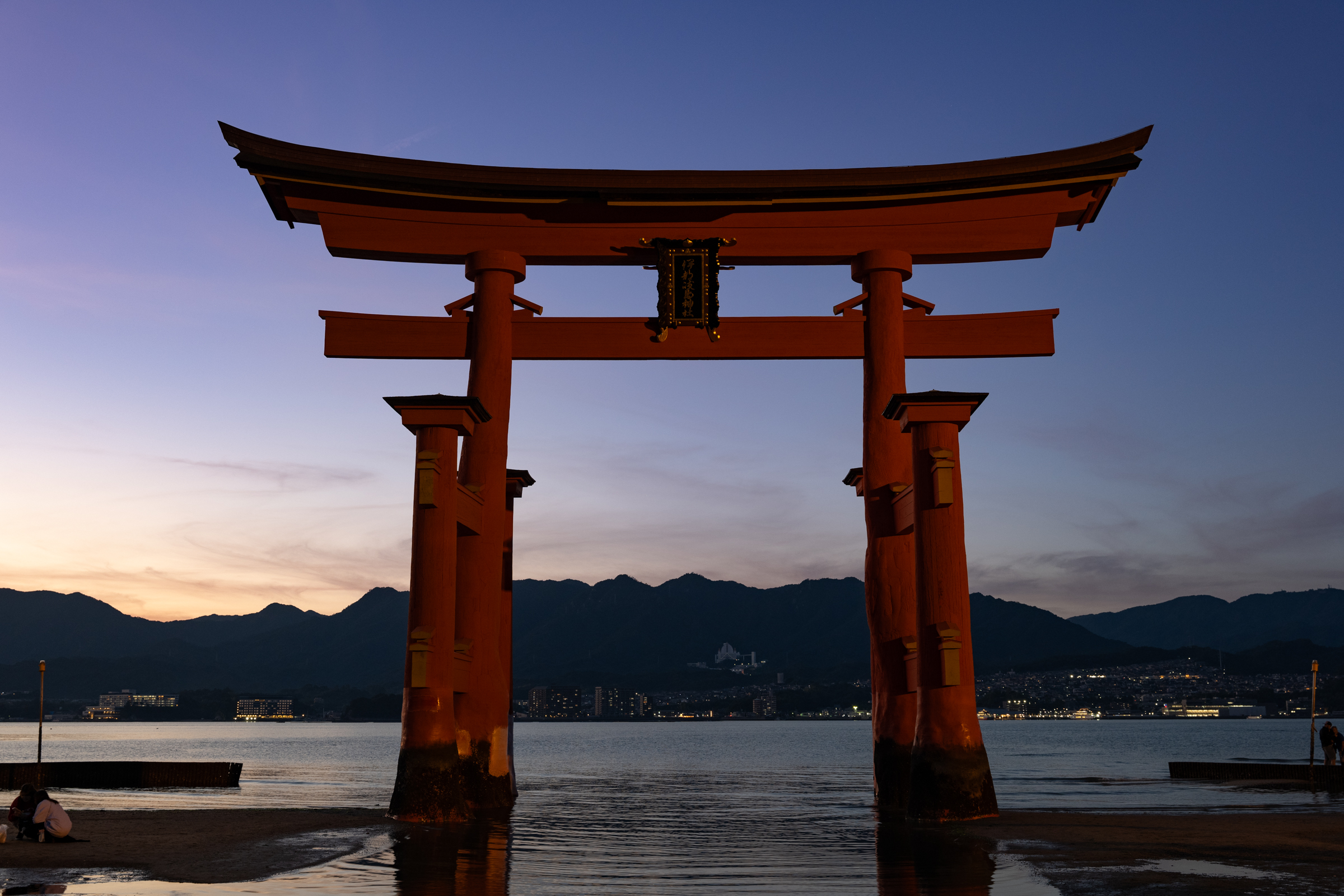
While the main attraction of Itsukushima is its infamous shrine, there are still plenty of other things to do once you've taken your thousand pictures.
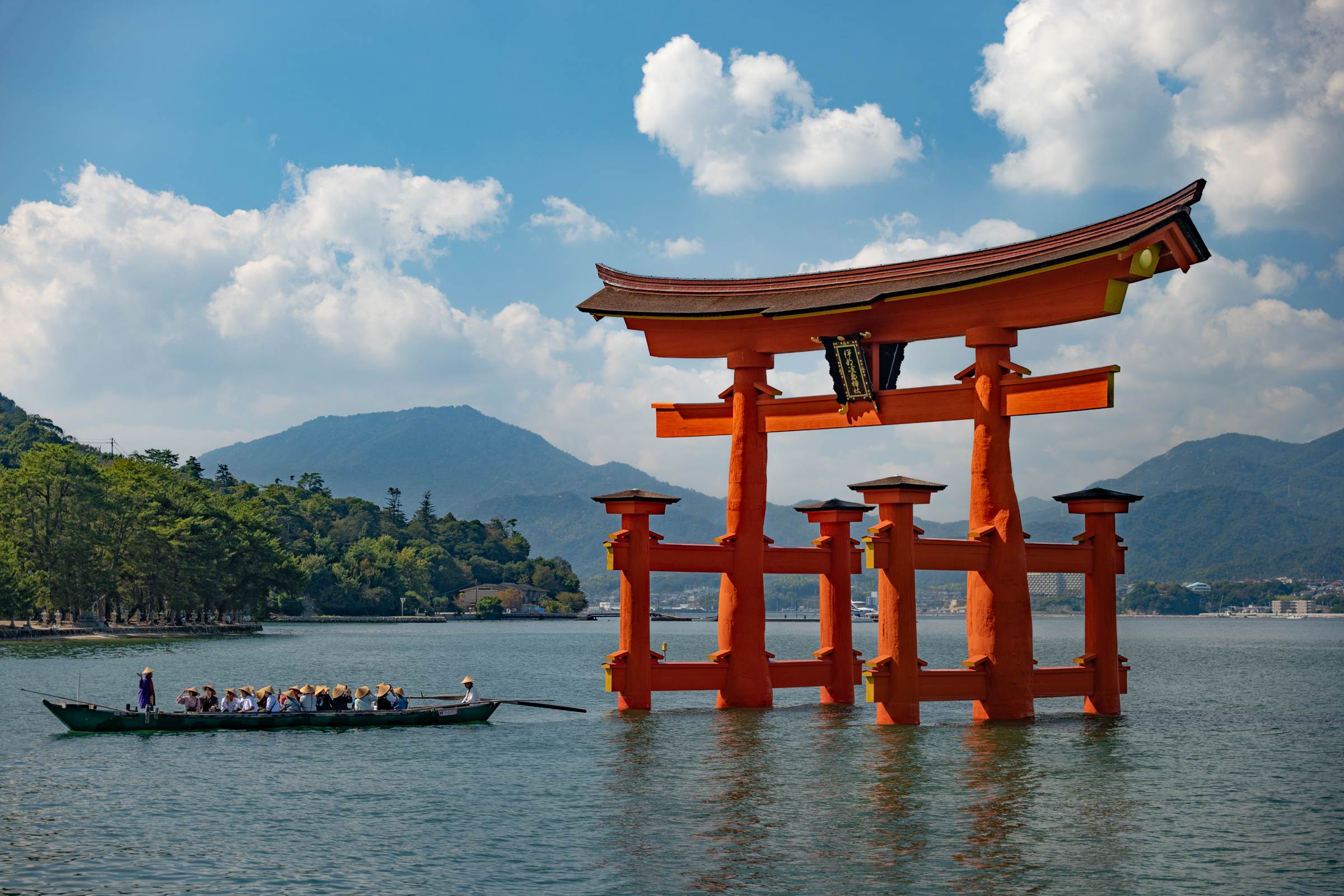
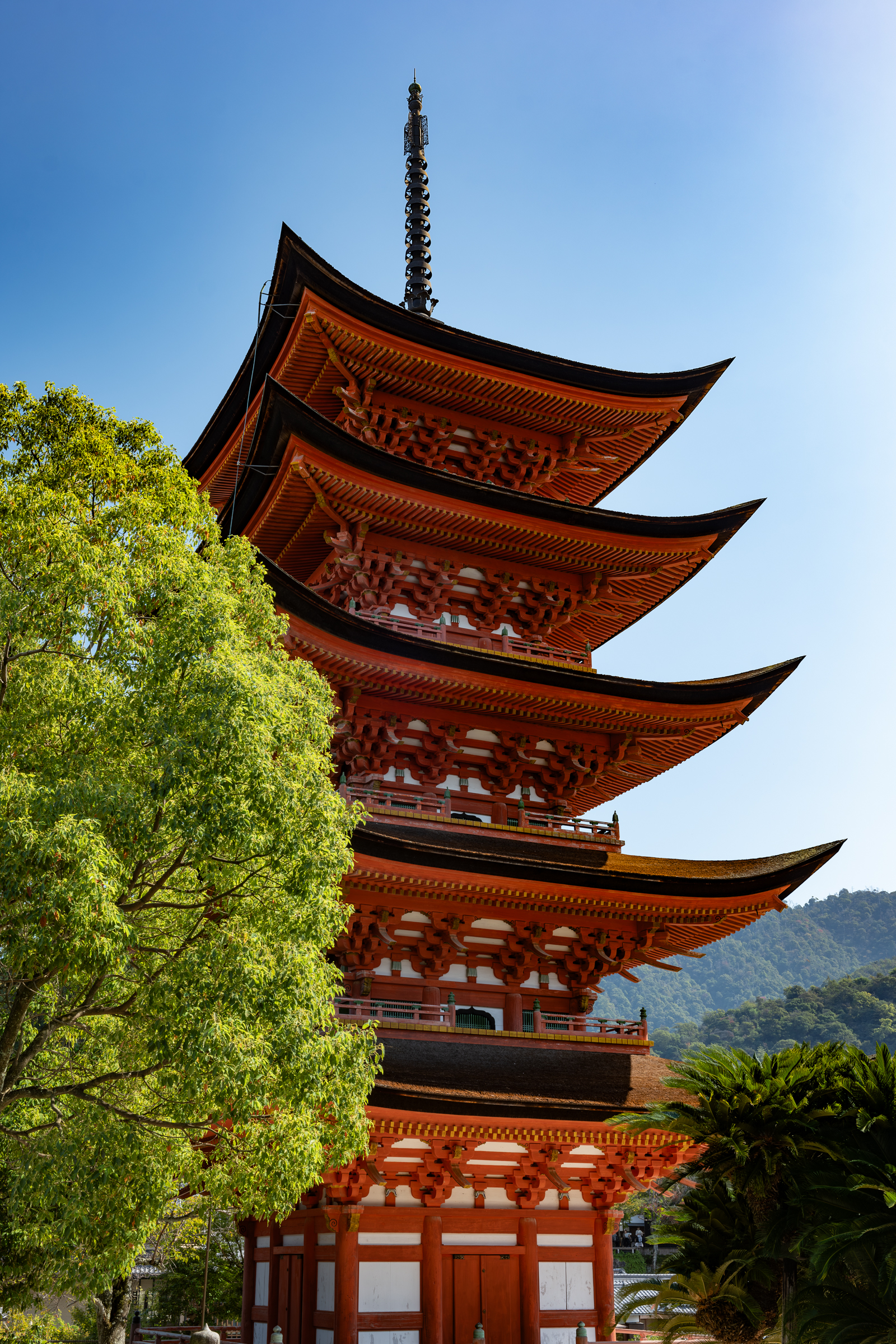
Toyokuni Shrine and Hokokujinja Senjokaku Pavilion are both a short hike from Itsukushima Shrine and the island's city center.
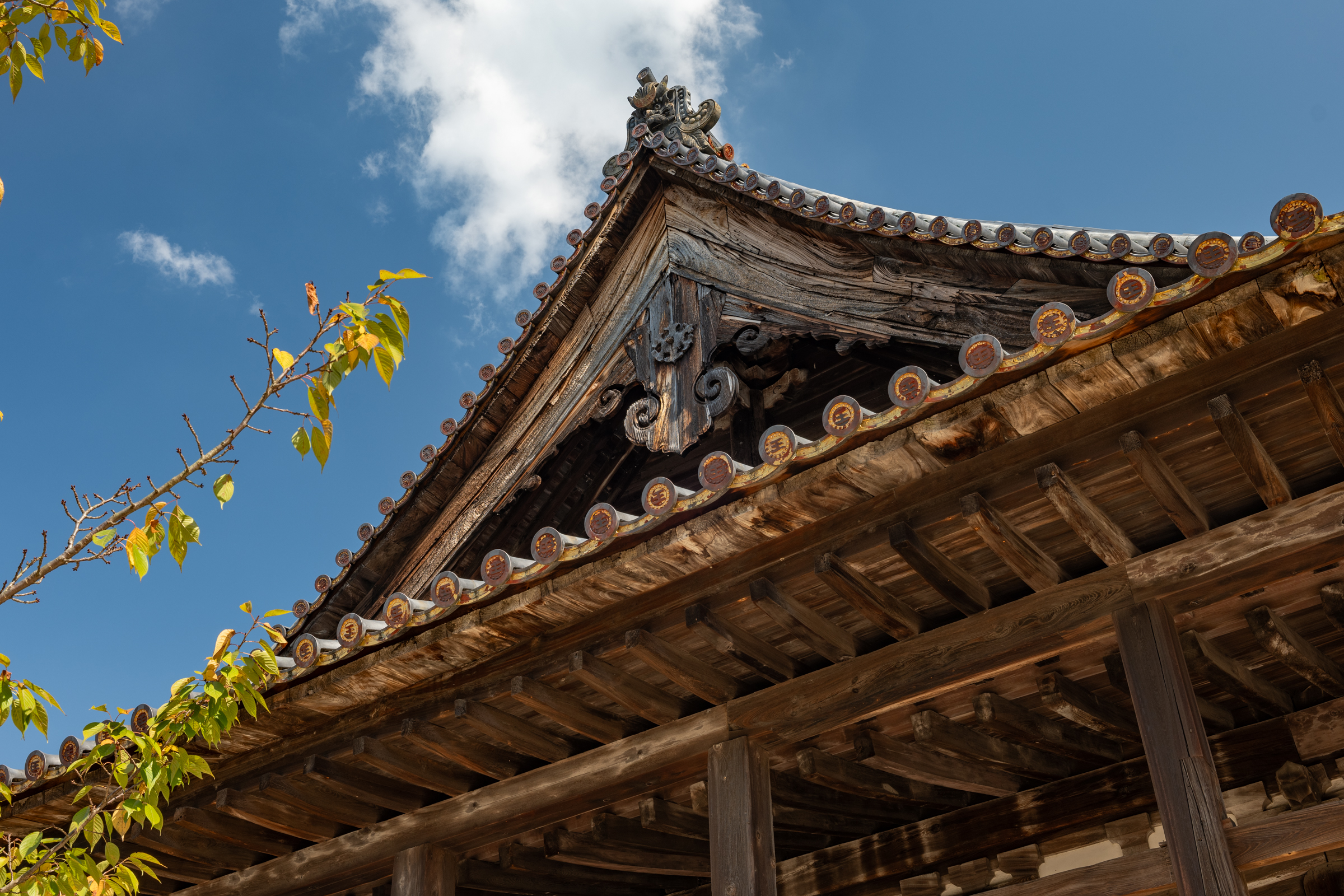
Mount Misen is notable on the island as well, and a cable car can take you to the top. The ride itself is nice and the view of the Hiroshima area from the top of the mountain is excellent. We ran short of time so we couldn't do much hiking around at the top, but still worth the trip up.

Itsukushima also had a surprisingly bustling town center full of shops, restaurants, and even a brewery. Most things close around 5 pm as the swaths of daytrippers leave, but plenty of choices for whatever you need food or gift-wise regardless.

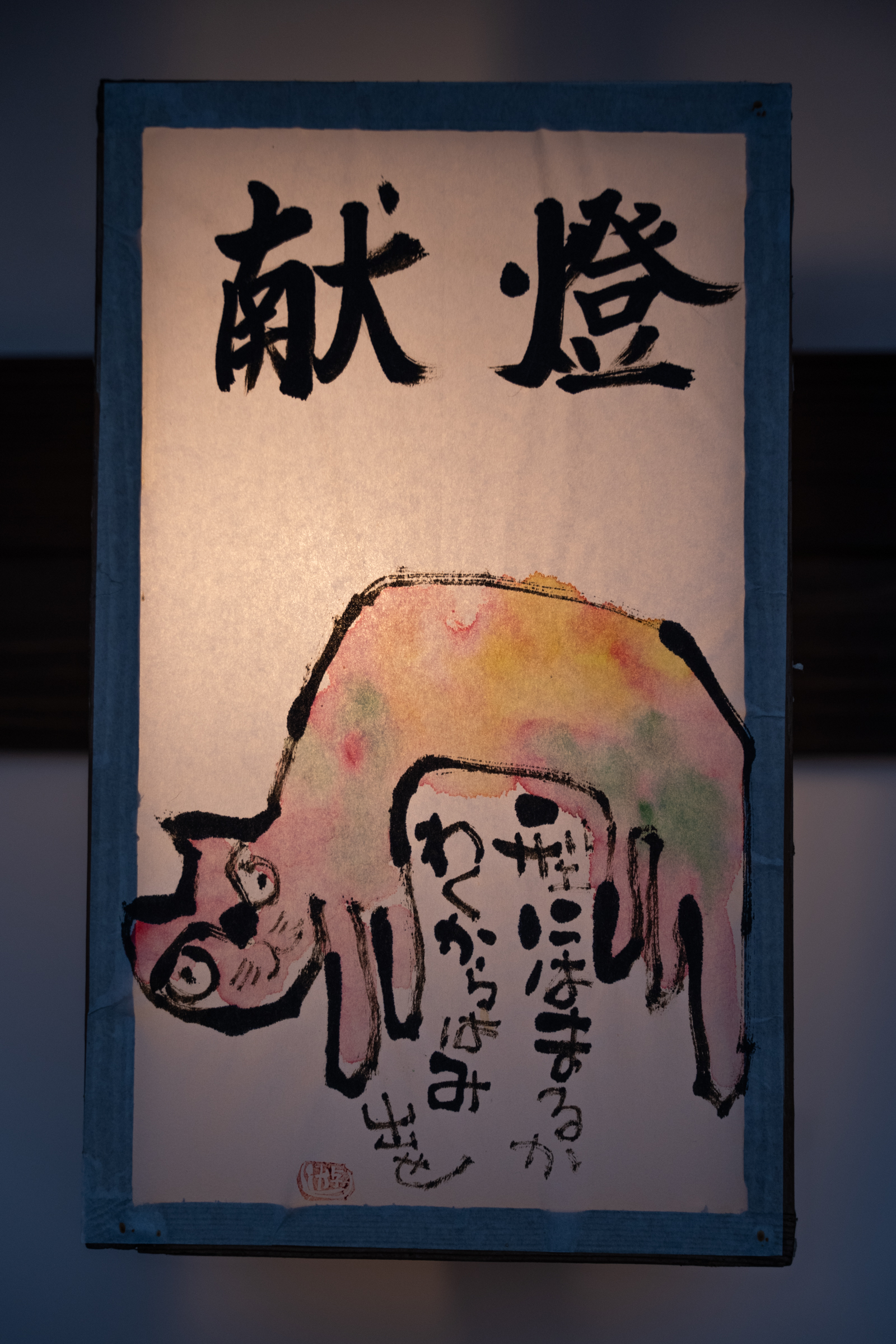
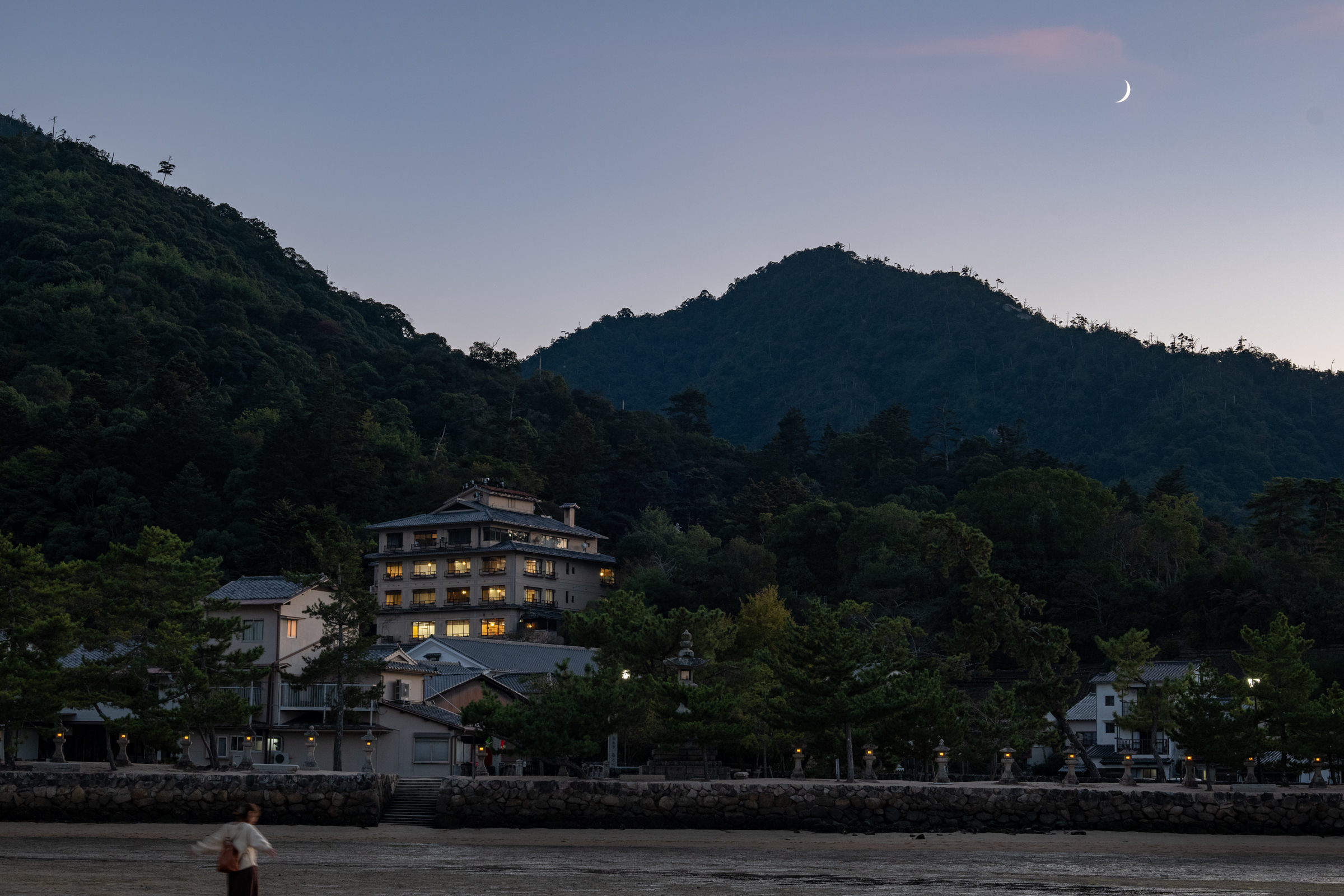
More shots from Miyajima. You can see "most" of the island in a day trip, but part of me wishes we would've stayed the night in an inn. Despite a lot of things shutting down after dark, I couldn't help but envy those not heading to the ferry back to Hiroshima.

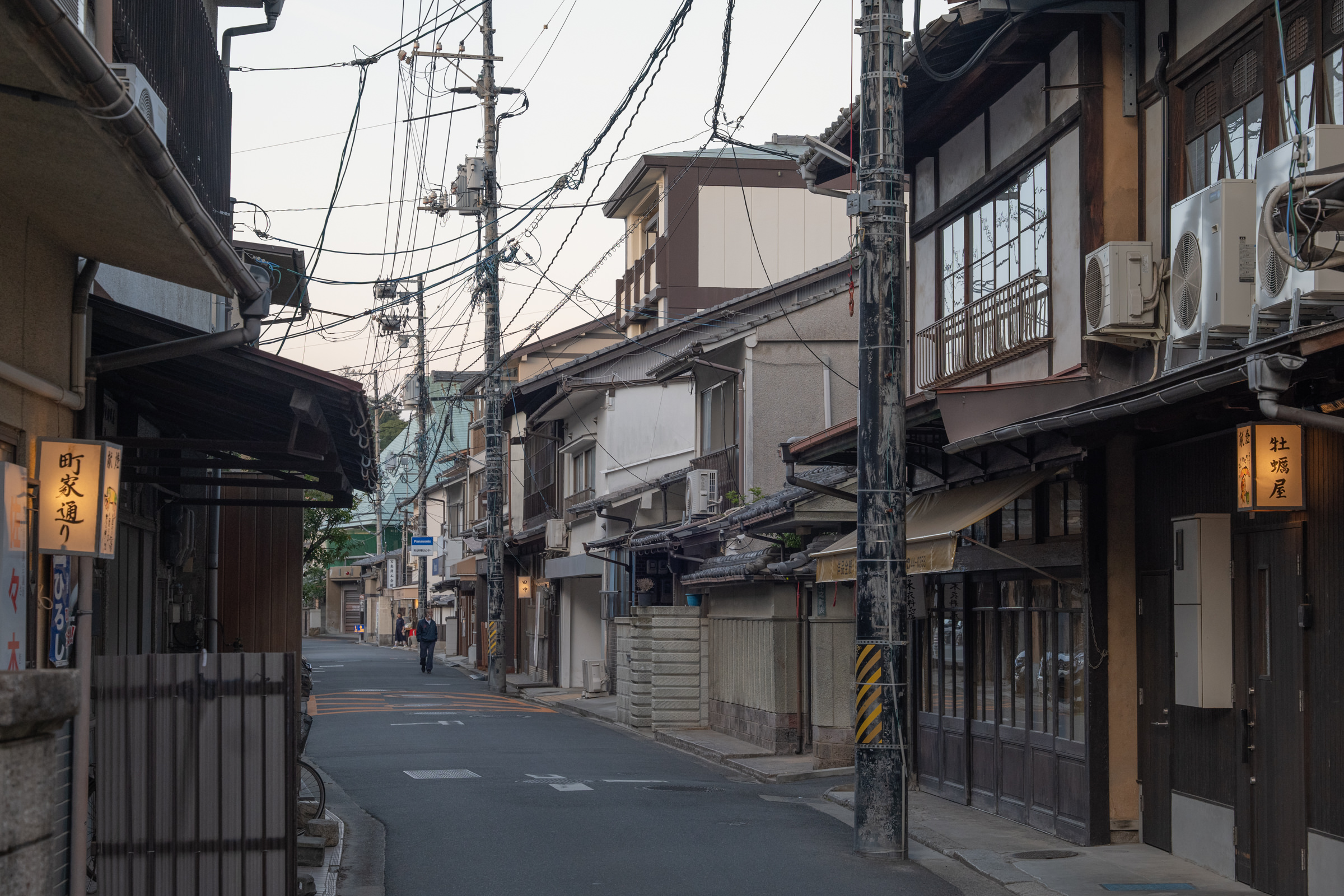


Hiroshima (and Miyajima) is well-known for its maple trees and maple-flavored goods – you'll see maple leaf imagery just about everywhere you go.
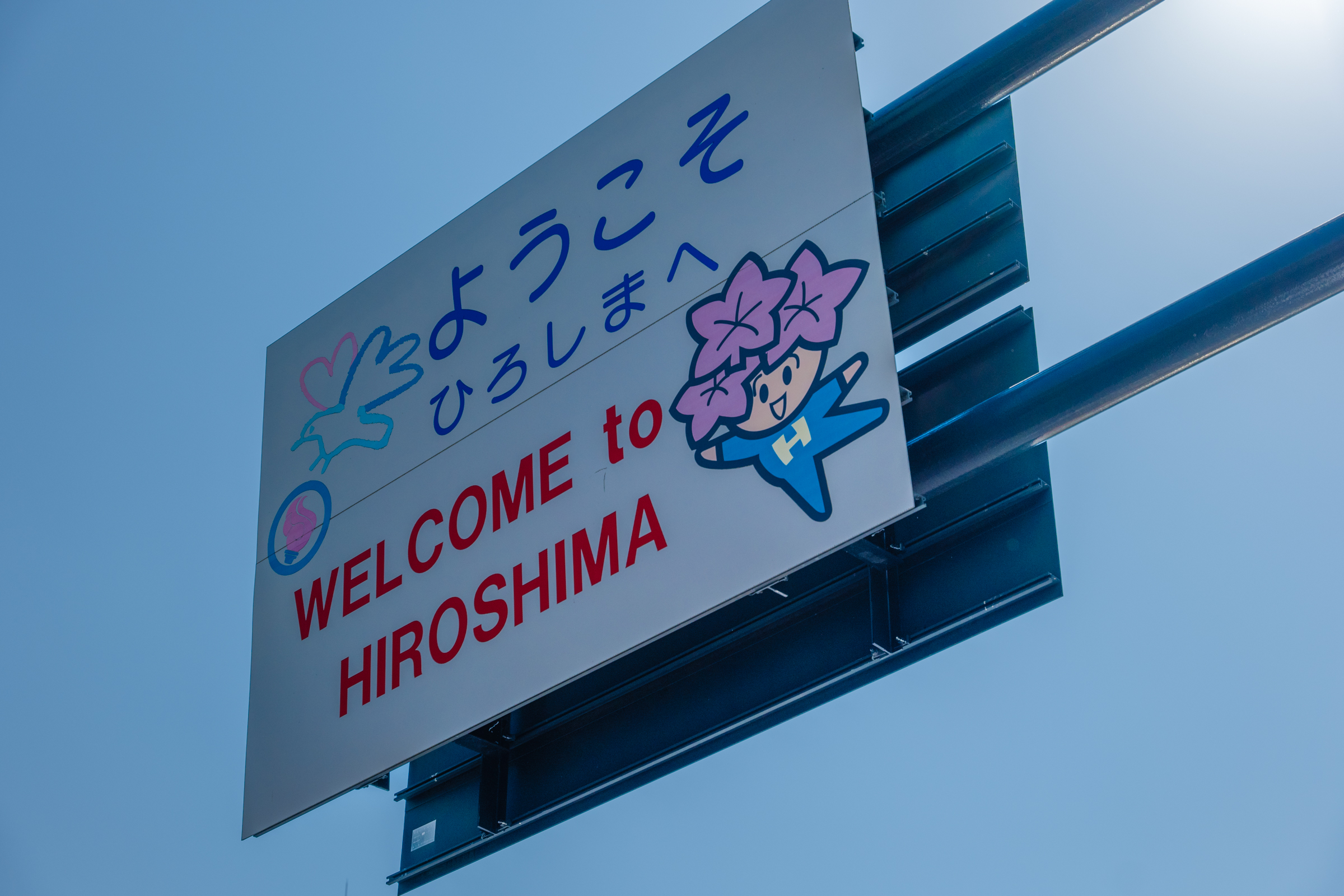
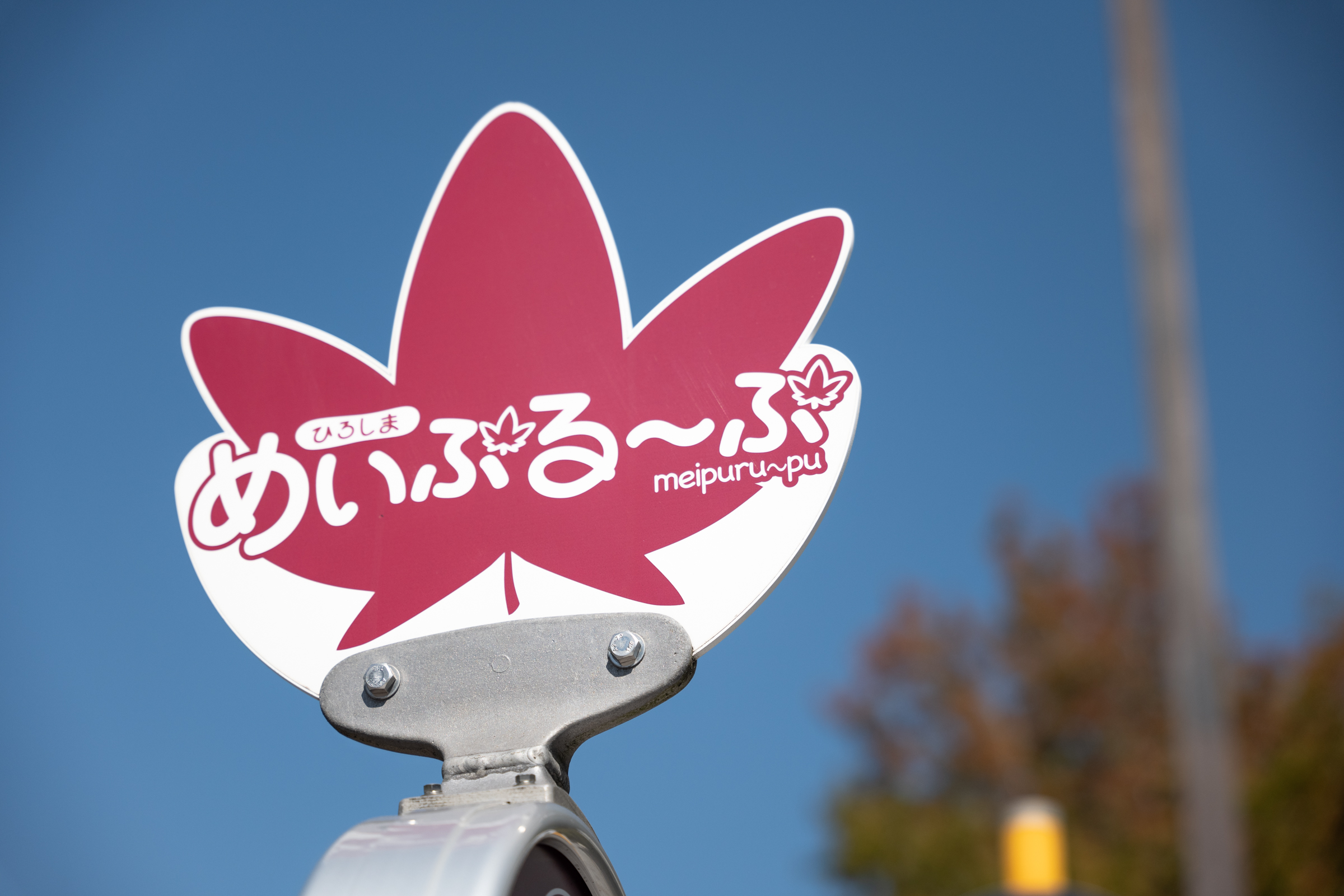
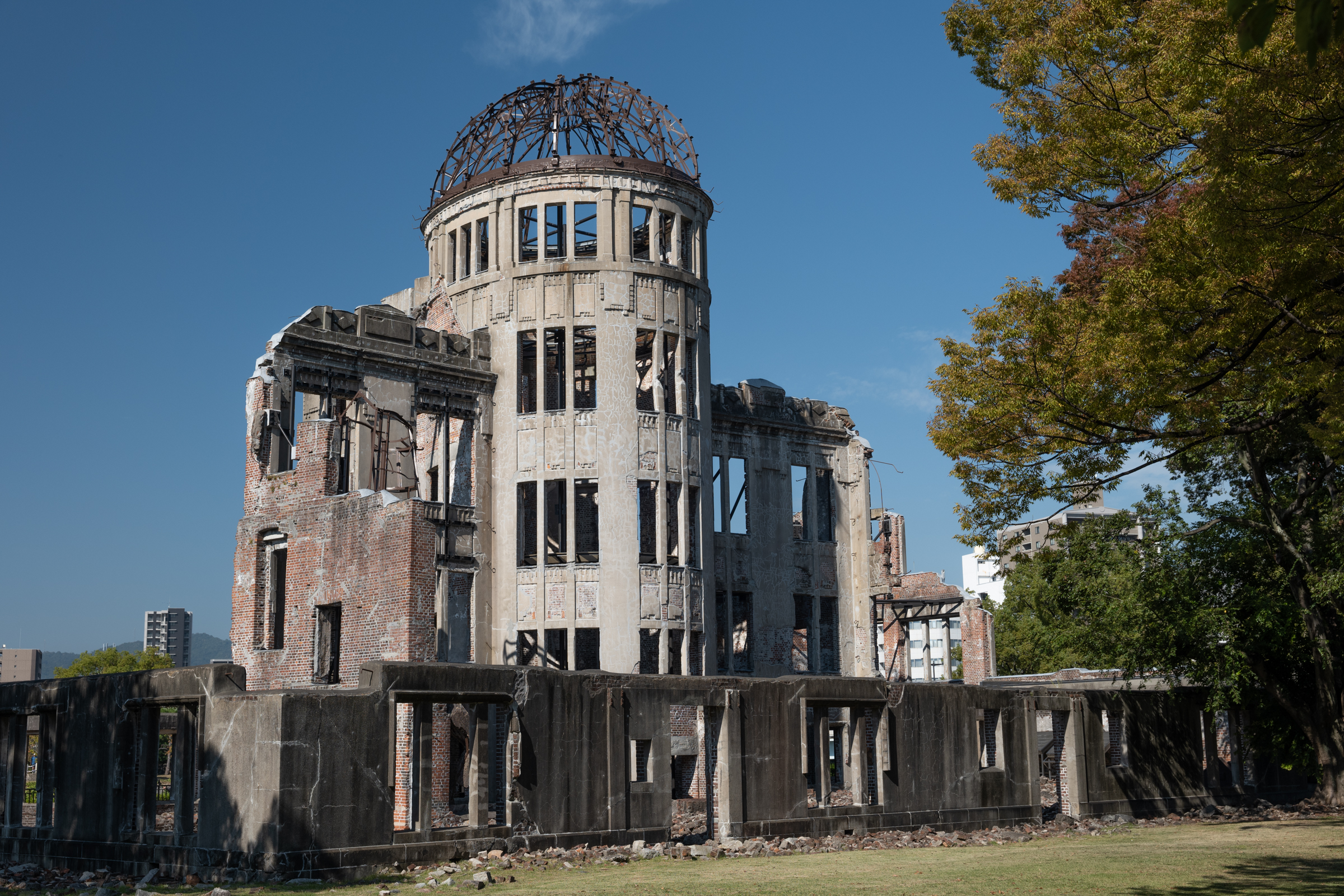
Hiroshima is synonymous with one thing. We all know it. Seeing the Atomic Bomb Dome was undoubtedly the most emotionally moved I've been when traveling, and possibly the most moved at the sight of something inanimate.
As an American I felt a little guilty for being in the vicinity – although I had nothing to do with the bombing itself. America is so in-your-face about war, especially World War II. War has been a part of our culture through movies, video games, and all sorts of media our entire lives.
Being there in person was the first time I felt like I had true empathy for what my country had done. Sure, you know how fucked up and sad it is beforehand, but seeing the inhabitants of Hiroshima around – kids, old people – makes you understand that the bomb certainly had palpable and horrific familial implications for just about every citizen.
The dome is can't-miss by an American or anyone else for that matter.
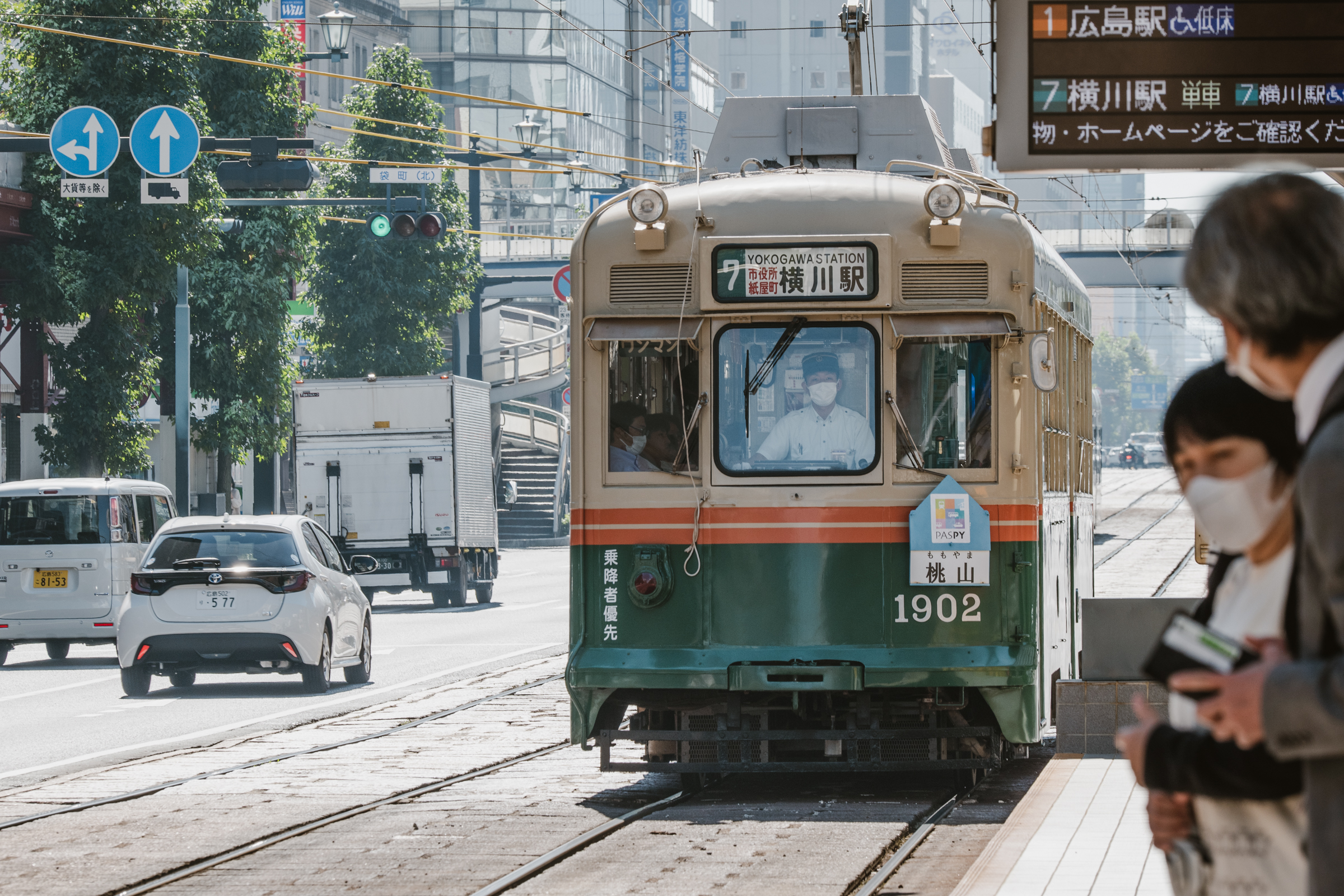
Hiroshima has a fleet of old streetcars providing public transit around the city. Very akin to those I see in San Francisco. I found these very charming and loved seeing them around. I am so glad that Hiroshima has tried to embrace some of its past, still.
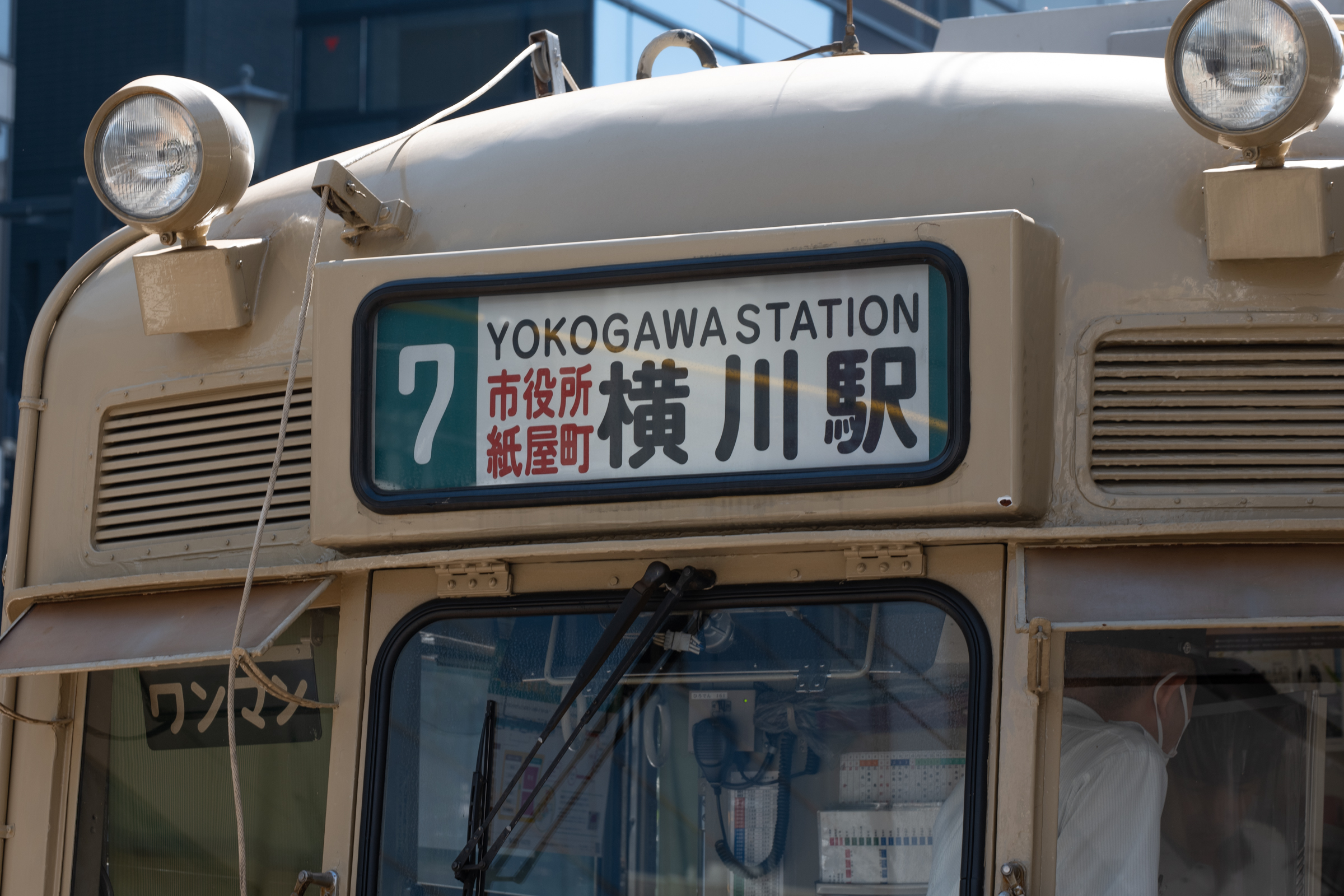
I loved how walkable Hiroshima was, at least the immediate area surrounding most "attractions". Peace Memorial Park, The A-bomb Dome, Hiroshima Castle, and most of downtown are easily accessible by foot from one another. For things that aren't, the beautiful streetcars can more than likely get you there relatively quick.
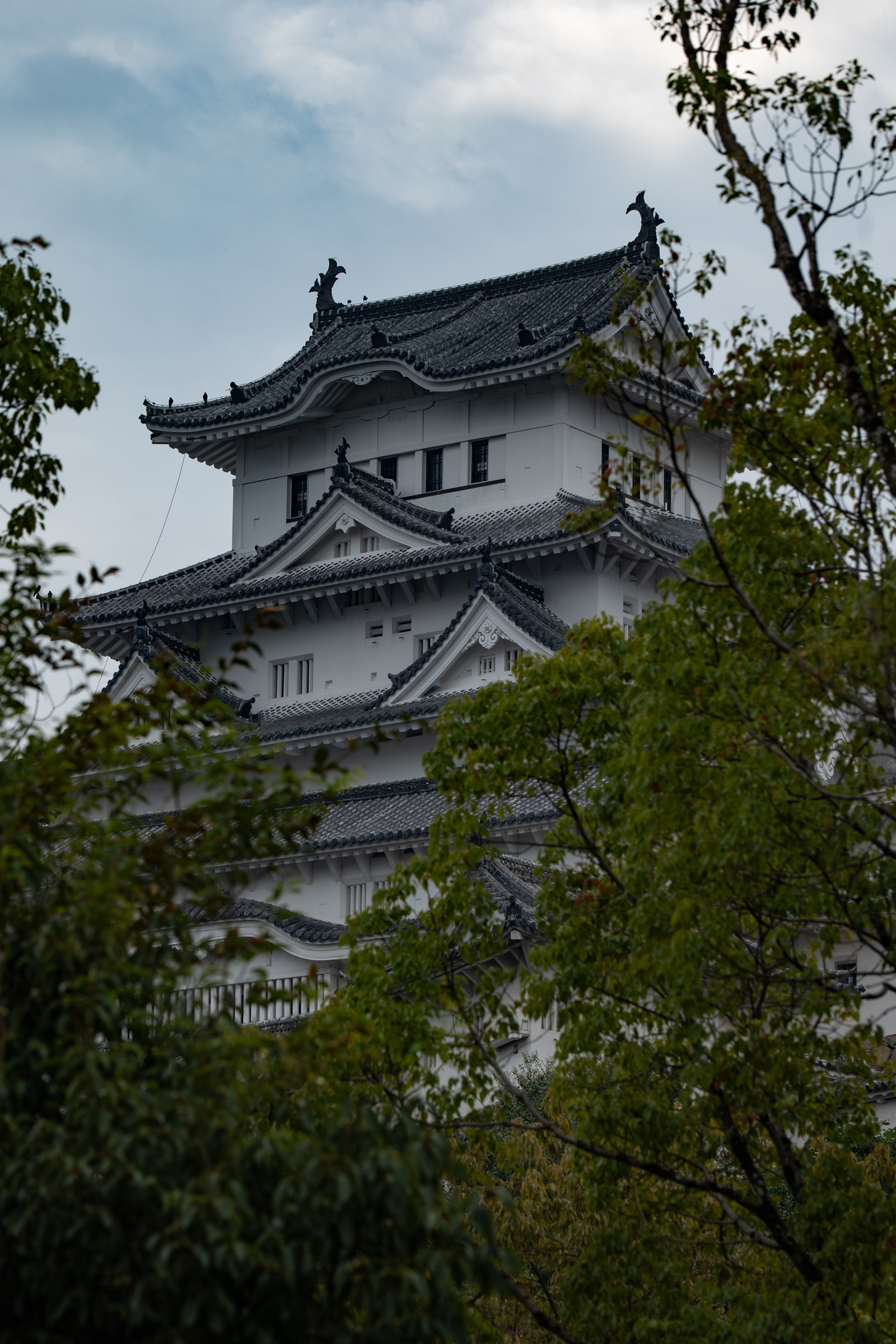
While the original was destroyed by the atomic bomb in 1945, the "new" Hiroshima Castle is worth a stop when you're in the area. Like a lot of Japanese castles, it is surrounded by a moat, and of course, is very picturesque.

Okinomimura is the spot in the city for Okonomiyaki, and probably the country as a whole, at least if you prefer Hiroshima-style Okonomiyaki to Kyoto-style. Okinomimura was a multilevel, smallish building with a handful of Okonomiyaki restaurants on each floor. It was surprisingly (or maybe not) super busy even on a Monday night. I can't remember the exact name or location of the place we settled on to eat, but there was the Hiroshima Carp baseball team memorabilia plastered all over the place. The food was of course amazing. I don't think you can go wrong here.
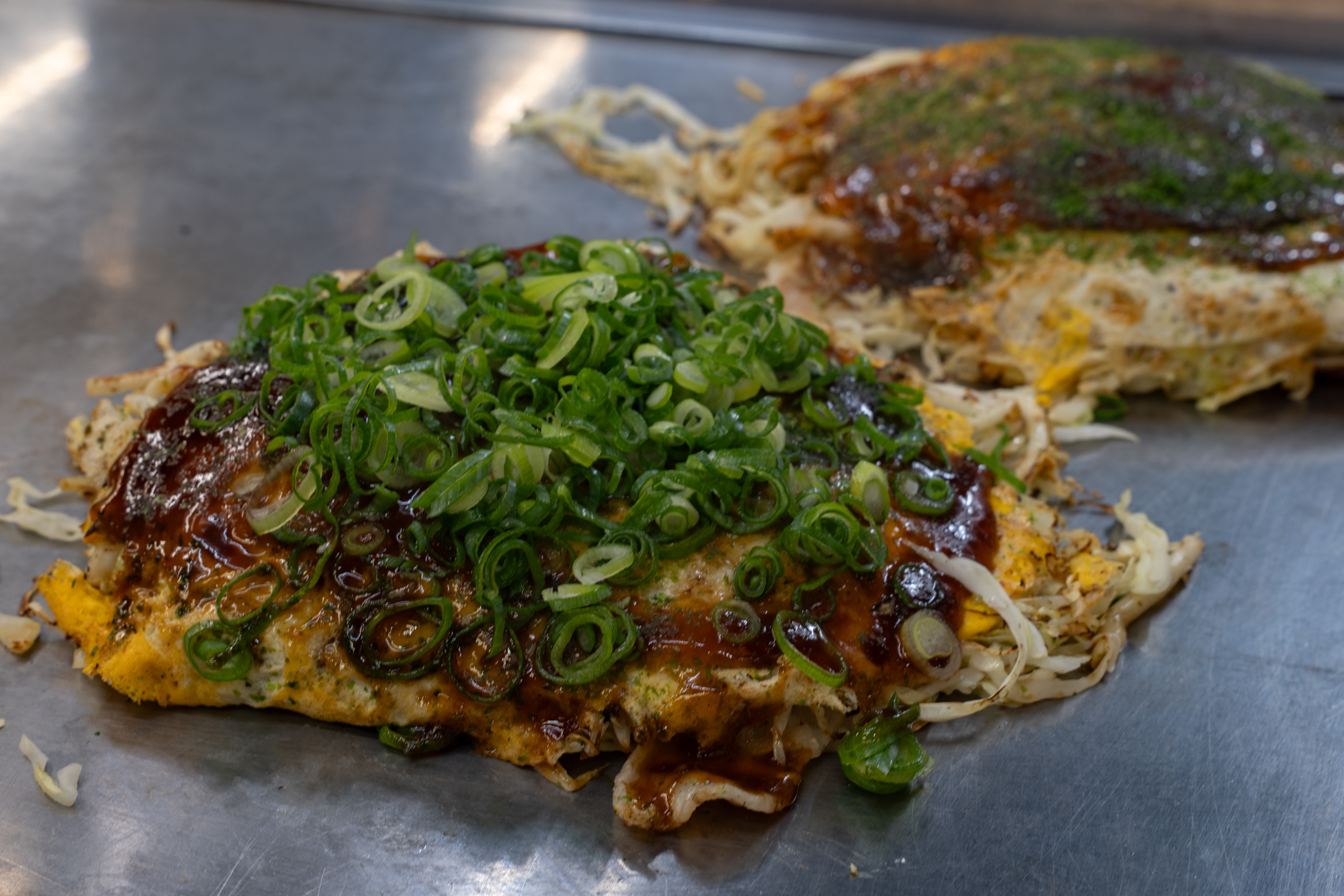
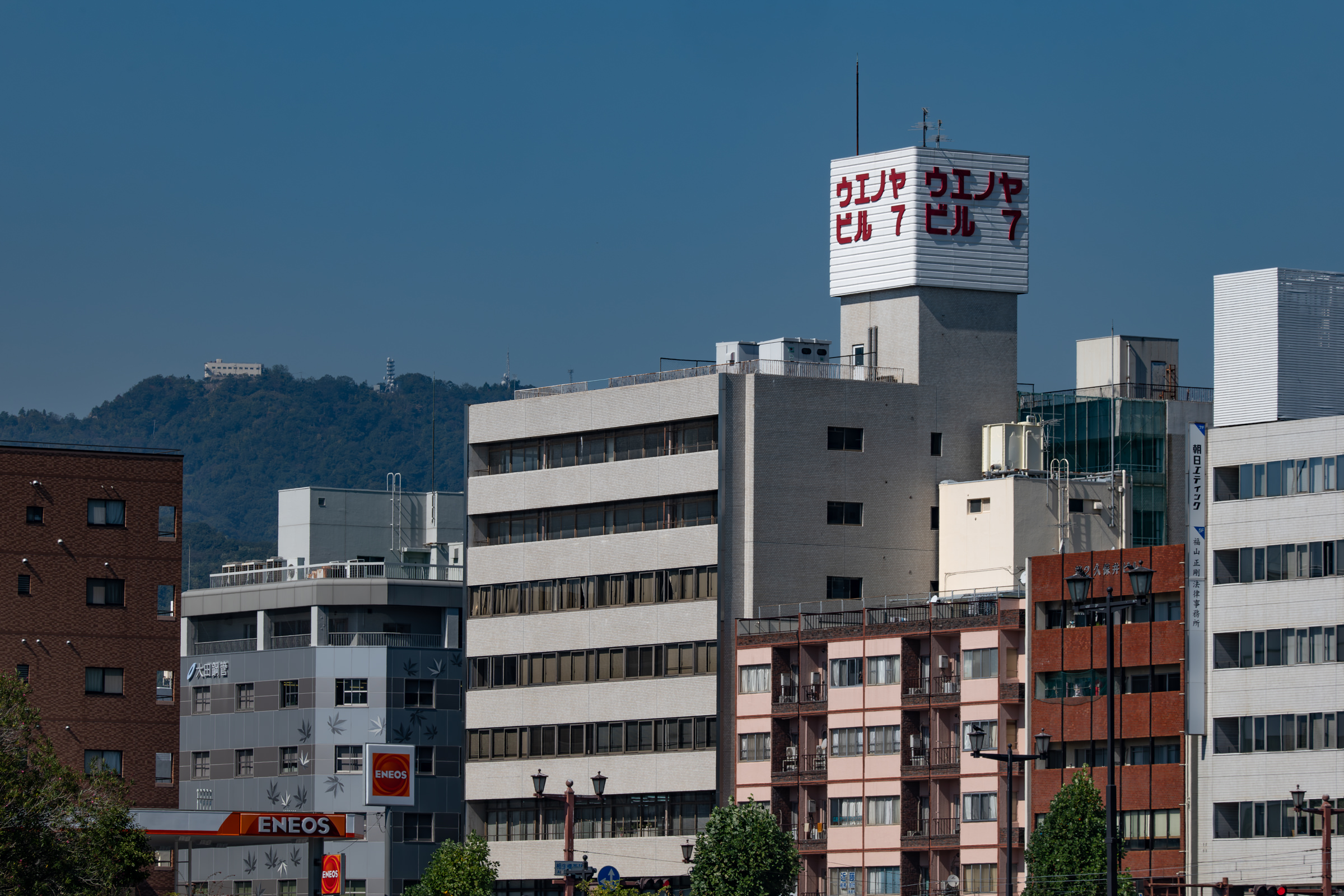
I came to Hiroshima expecting a bit of a calm sandwich between our time in Tokyo and Osaka. While our time was mostly calm, I left with Hiroshima and Itsukushima being one of the more unique areas I've been to in Asia. I fell in love with both Itsukushima and Hiroshima (I still absolutely love the streetcars) and am bummed that it's still not high on most foreigner's travel lists. While Hiroshima will I think always unfortunately be known for its place in the war, it is no doubt worthy of all its praise and attention solely because of what it is and doing today and in the future.
